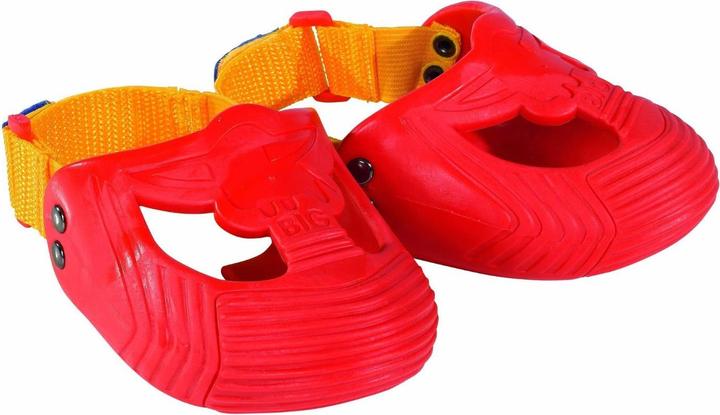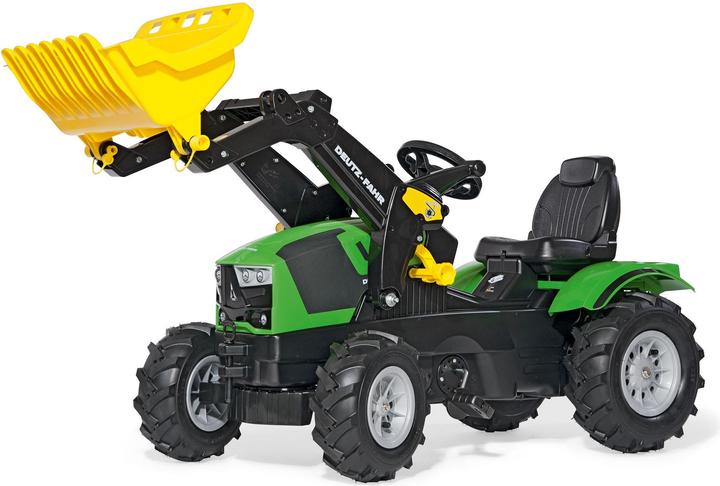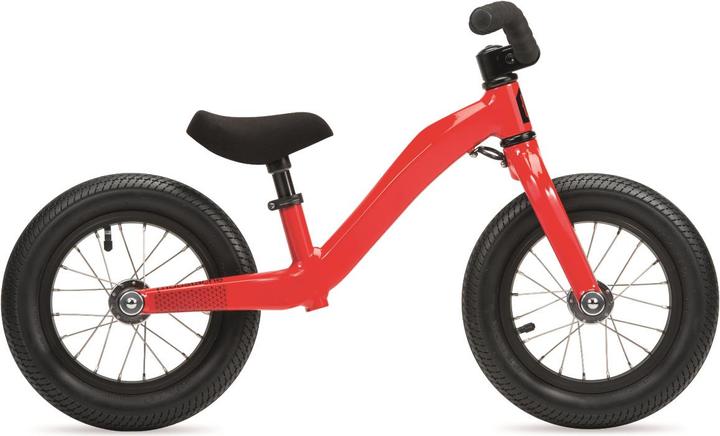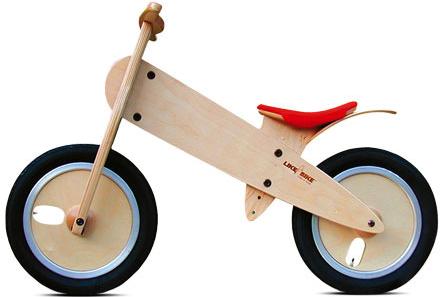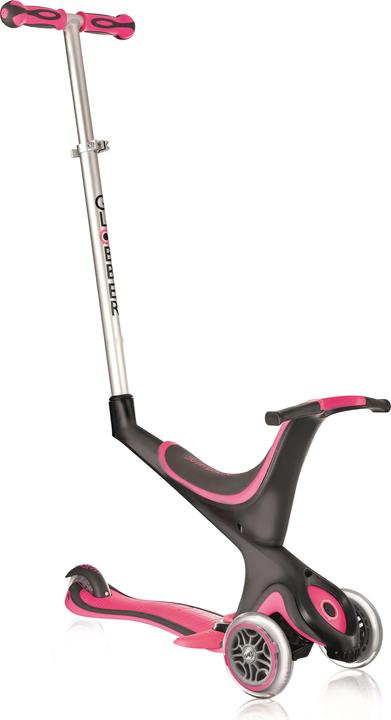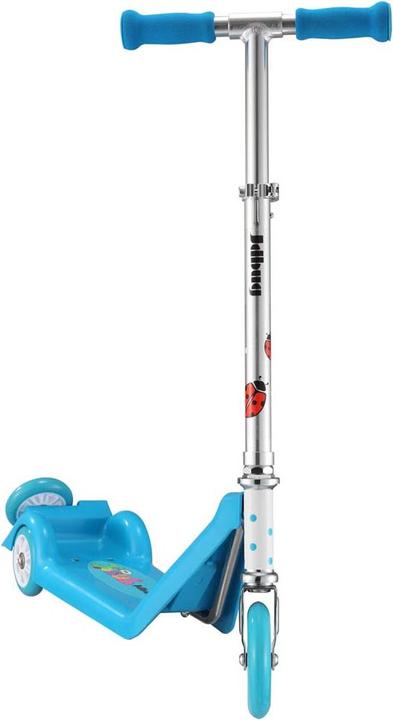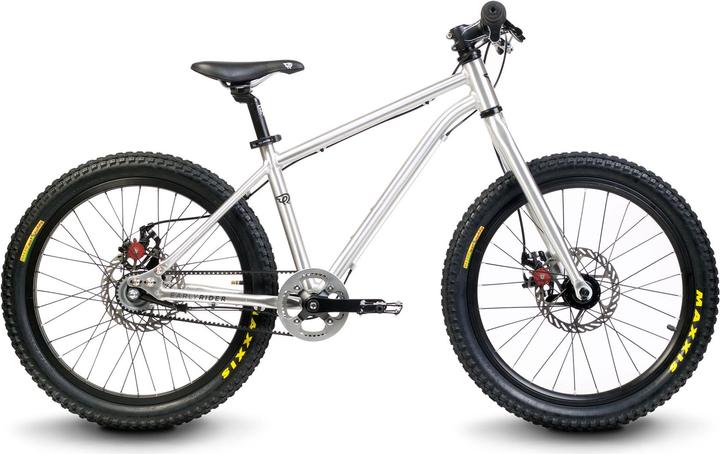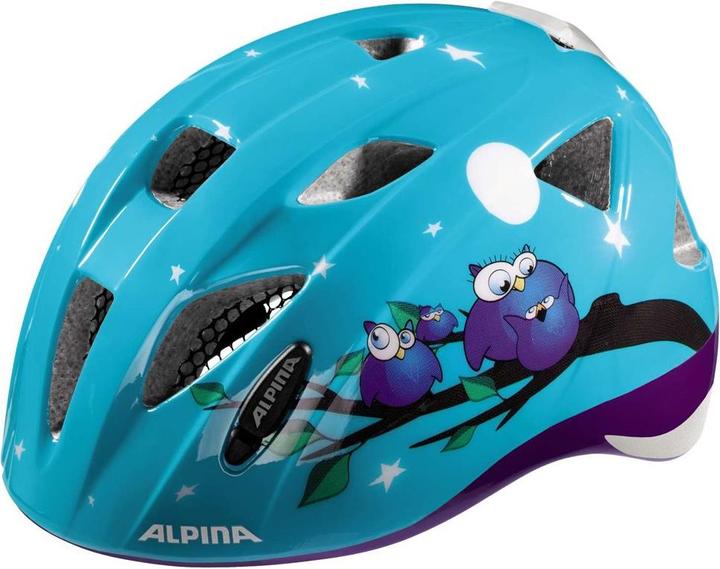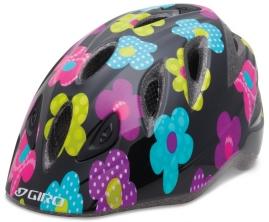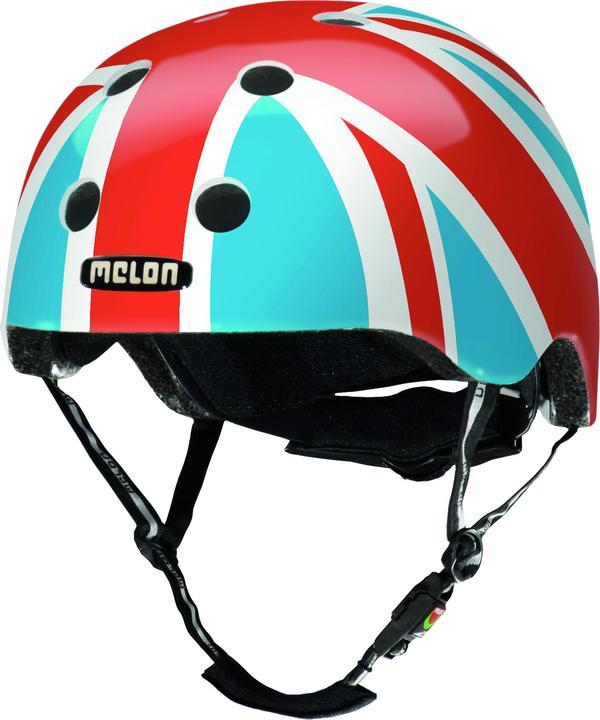

From carrier to first bike: which vehicle for your child?
As soon as little ones can walk, they should already know how to ride? Of course they should! Playing with balance is essential for good development. Children who are often physically active and play a lot outdoors tend to be more confident and dexterous. However, there are many dangers outside, such as road traffic. That's why it's vital to teach children how to get around on two wheels, bit by bit.
Porter
Little ones as young as 1 want to speed through the flat and down the street. At this age, the carrier is a stable and perfectly adapted vehicle. It's a fun way for children to learn the skills they'll need later on as road users: moving forward, steering, braking and keeping their balance. Falls with the carrier are, because of the low height and slow speed, often not very serious.
Pedal tractor
From the age of 2, many small children switch to the pedal tractor. This mode of locomotion requires considerably more skill, as you have to pedal and steer at the same time. With a small tractor, children can carry lots of utensils, help in the garden or even imagine themselves living on a farm.
Draisienne
A draisienne is ideal for preparing children from around 2 years of age to ride a bike. The draisienne encourages a sense of balance, the assessment of speeds and distances, as well as coordination skills and responsiveness. At the same time, the risk of injury is much lower, because the centre of gravity is lower and, in an emergency, the child can quickly put his or her feet on the ground. Since children's sense of balance is perfectly trained with a draisienne, and the transition to a bicycle is much simpler afterwards, bicycles with small wheels are becoming increasingly rare.
The right time to buy a draisienne is at the end of the day. The right time to buy a pushchair does not depend on age, but on the child's motor skills and size. The child should be tall enough so that, when seated and with his legs slightly bent, he can lean on the ground and be able to control the draisienne.
Scooter
Although the transition from draisienne to bike is relatively straightforward, buying the first bike can wait. Preschoolers are sometimes overwhelmed by riding a bike. They often lack an overview at high speeds. That's why we recommend that children who are old enough to ride a draisienne try a scooter. It is the ideal preparation for cycling, training the child's sense of balance, coordination, dexterity, speed control and braking. The movements to steer a scooter are more complex than those on a draisienne, but are not as demanding as those on a bike.
Bicycle
If a child has mastered the scooter or draisienne, can keep their balance, take corners and can brake at any time, then that's it: they're ready for their first bike. The bike should not be too big, so that it can 'grow' with the child, thanks to the adjustable saddle and handlebars. A low frame is important so that the child can get on and off easily. If the situation becomes critical, they can also jump off the bike without any problem. When sitting on the saddle, children should be able to touch the ground with their feet; at first, they should be able to put their whole foot on the ground and, when they're confident, just the tip of their foot.
Important: having a bike isn't just a question of having the right equipment. Important: having a bike is not synonymous with being able to ride on the road. Children are not allowed to ride their bikes on the road until they start compulsory schooling, and they have to gradually get used to road traffic over a period of several years. If you're taking the whole family on a bike tour and the outing involves difficult stretches of road, a follower bike is the ideal intermediate solution for children up to the age of 10.
Safety
Think about it: pre-schoolers are safest when riding away from road traffic, for example on a playground or in a park. Children are quick to confuse reality with fantasy: a bike is a horse and all children are Superman. Little ones often don't take dangers seriously, react spontaneously and are easily distracted. That's why they should always wear a helmet to avoid head injuries. Important: only a helmet that fits properly will protect you in the event of a fall. The helmet should not wobble or slide across the forehead or the back of the neck. The strap that passes in front of the ear and the chin strap must be tight. We recommend that you measure your child's head size and buy a helmet that fits. You can then make minor adjustments to the helmet.
I love the strategy game “The Settlers of Catan”, the Ravensburger puzzle “Colourful Cupcakes” and the pink fluffy unicorn that sits on my desk (a birthday present from my workmates). Not only do I have a weakness for toys, I also get excited about good food and comedy TV shows.

